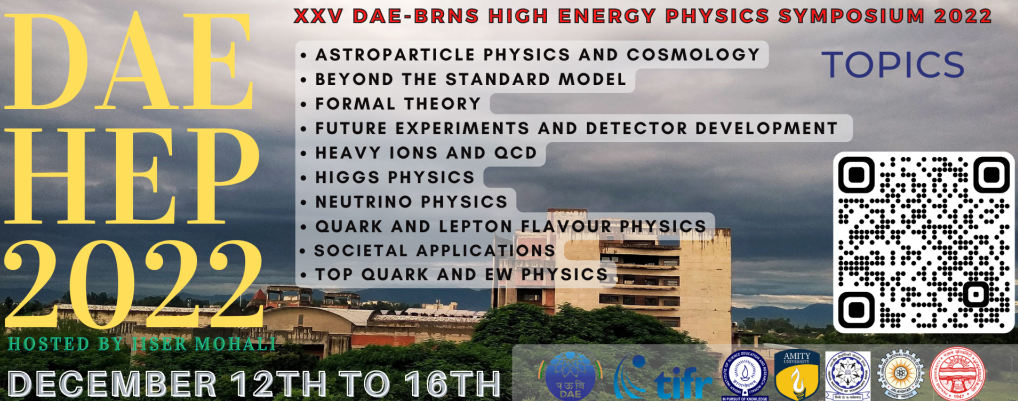Speaker
Description
We present an extension of the SM involving three triplet fermions, one triplet scalar and one singlet fermion, which can explain both neutrino masses and dark matter. One triplet of fermions and the singlet are odd under a $Z_2$ symmetry, thus the model features two possible dark matter candidates. The two remaining $Z_2$-even triplet fermions can reproduce the neutrino masses and oscillation parameters consistent with observations. We consider the case where the singlet has feeble couplings while the triplet is weakly interacting and investigate the different possibilities for reproducing the observed dark matter relic density. This includes production of the triplet WIMP from freeze-out and from decay of the singlet as well as freeze-in production of the singlet from decay of particles that belong to the thermal bath or are thermally decoupled. While freeze-in production is usually dominated by decay processes, we also show cases where the annihilation of bath particles give substantial contribution to the final relic density. This occurs when the new scalars are below the TeV scale, thus in the reach of the LHC. The next-to-lightest odd particle can be long-lived and can alter the successful BBN predictions for the abundance of light elements, these constraints are relevant in both the scenarios where the singlet or the triplet are the long-lived particle. In the case where the triplet is the DM, the model is subject to constraints from ongoing direct, indirect and collider experiments. When the singlet is the DM, the triplet which is the next-to-lightest odd particle can be long-lived and can be probed at the proposed MATHUSLA detector. Finally we also address the detection prospects of triplet fermions and scalars at the LHC.
| Session | Astroparticle Physics and Cosmology |
|---|
